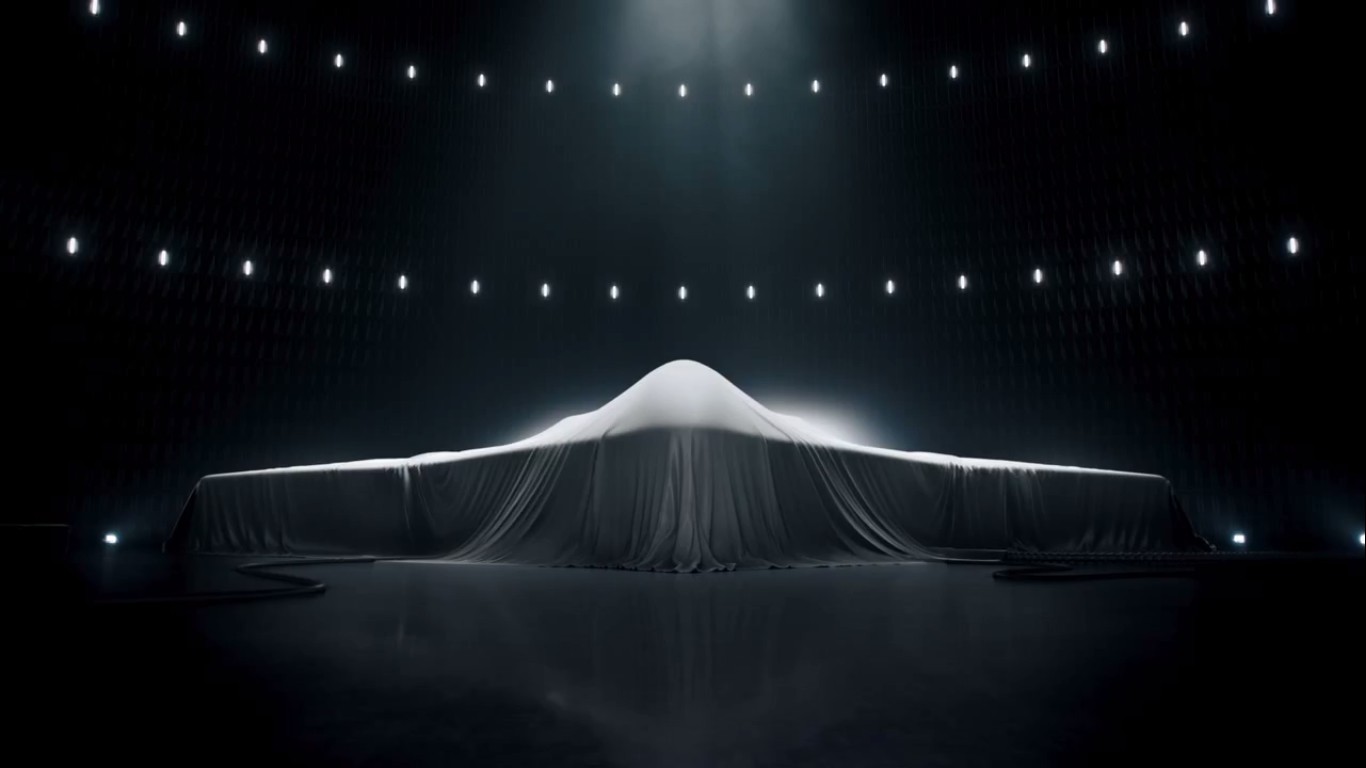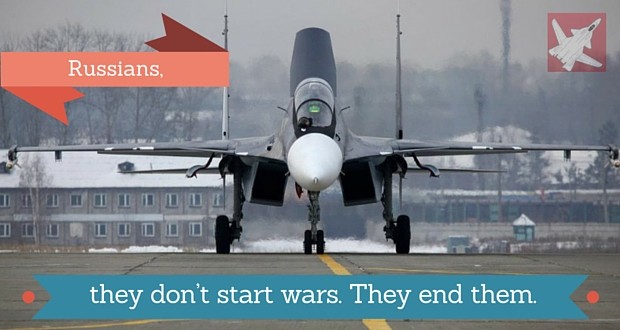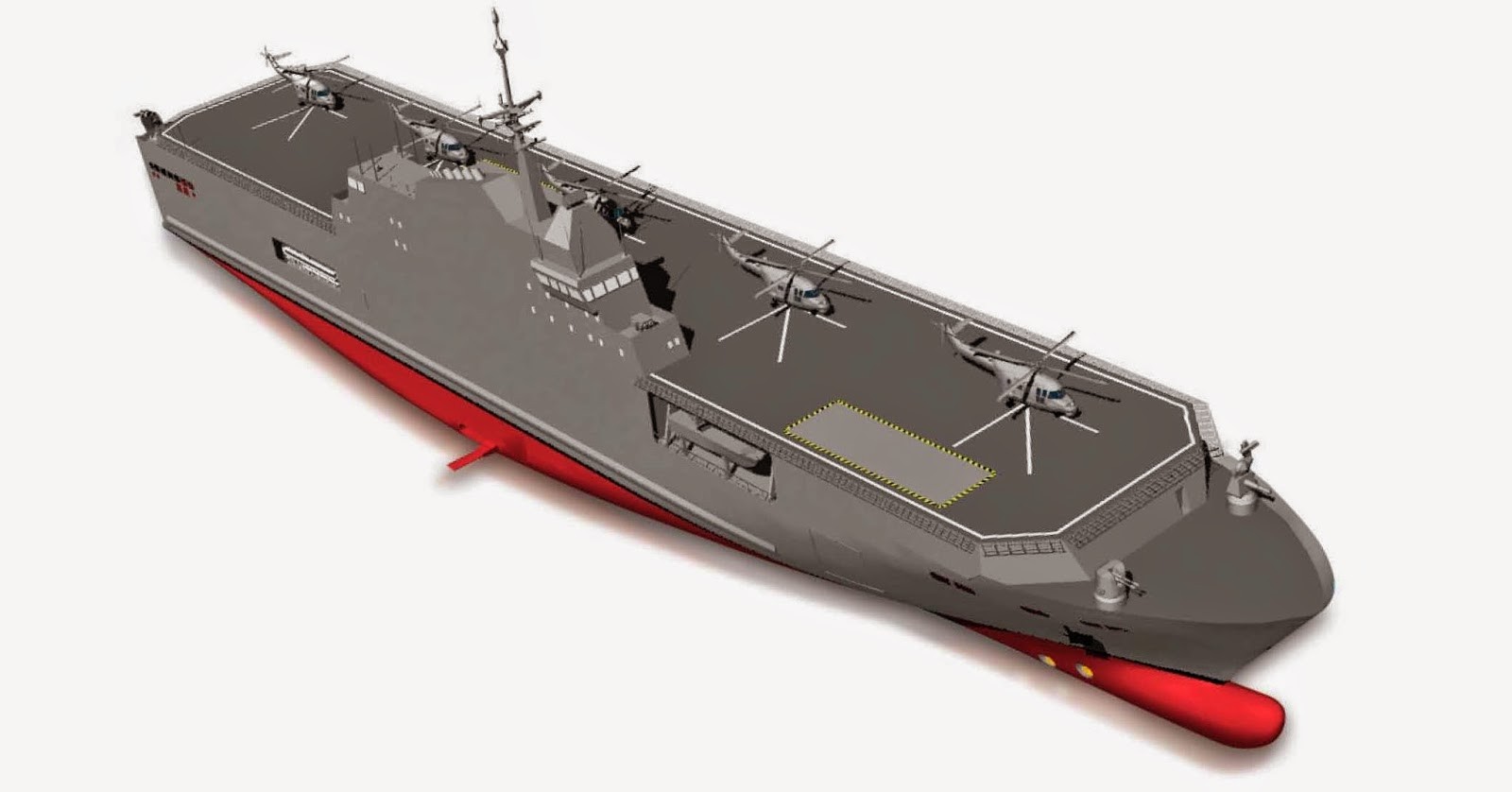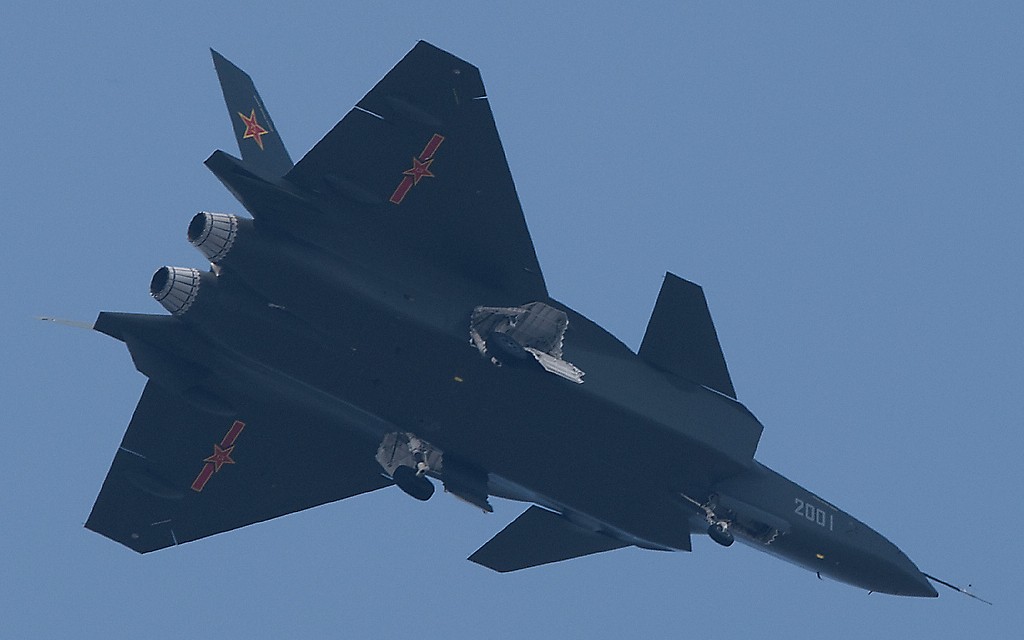Next-Generation Bomber is one of the highly classified programs of the Air Force. It comes under the top priority list and the most expensive too. The only time it was close to a public debut was a prime time tease during a Super Bowl ad. It only showed the svelte outline beneath a sheet but not a glimpse of the plane was released.
It might cost about $55 billion to build around 100 of the Long Range Strike Bombers. These bombers are designed to fly deep into the enemy’s territory undetected. Air Force would be awarding a contract for the next generation bomber in the coming months. This bomber would have the ability to hit any target at any point on the globe as well as have the potential to fly manned or unmanned. The super ball ad shows a pilot in front of the aircraft, so assume this would be manned bomber.
The estimated price of each bomber will come up to $550 million per unit. The price was estimated in the year 2010, and it’s already five years out dated. But this bomber costs considerably less than the previous model the B-2 bomber. Coming in at a low price will be difficult, if not impossible, analysts said.
“I’m afraid they’re heading down a path here where they have set themselves up politically to not succeed,” said Todd Harrison, the director of defense budget studies at the Center for Strategic and Budgetary Assessments. “They’ve come out with these cost estimates that are surprisingly low, and they seem to be doubling down on the idea that they can build this bomber cheaper than the last one.”
The contract comes in between the tightening budgets that are forcing the Defense Department to change the way it handles its business. In an effort to keep costs down, the department has worked to increase competition and incite new companies, to bid on contracts.
The combat aircraft industry has been immune from new players who force change and efficiencies unlike the other industries like media etc.
Driven by a new class of young and feisty start-ups led by billionaire entrepreneurs, space has seen startling innovation. Elon Musk’s Space X won the lucrative contracts to ferry cargo and from astronauts to the International Space Station. It’s also fighting to compete to launch military satellites which have been held by United Launch Alliance. A joint venture between Lockheed Martin and Boeing.
The entry for this competition is steep. It doesn’t surprise anyone that no one has entered the combat aircraft market. The technical challenges are great, the costs high, the industry highly regulated. And barriers to exit are low. If you lose one major contract and you could be out of an industry forever. All of which is why many companies have left the business but “nobody has entered the business of building aircraft since 1969 to any meaningful degree,” said Richard Aboulafia, an aerospace analyst with the Teal Group.
Northrop Grumman will be facing off against Boeing who has teamed up with Lockheed Martin. Three of the world’s largest defense contractors with decade long legacies of building planes for the Pentagon, including Northrop’s B-2 bomber, Lockheed’s F-35 and F-22 and F/A-18 Super Hornet.
The new bomber will be a more advanced iteration of its predecessors. Pentagon officials have talked vaguely about how it is actually part of a system, indicating the program could involve more than just single aircraft.
This plane would be a big step-up, the process through which the Pentagon is buying them is virtually unchanged. The Defense Department’s recent record of buying expensive, complicated weapons systems has been disgraceful.
What do you think about the Next-Generation Bomber? Please let us know in the comment section below.




